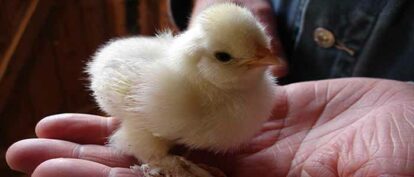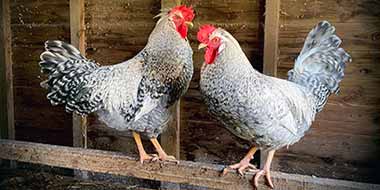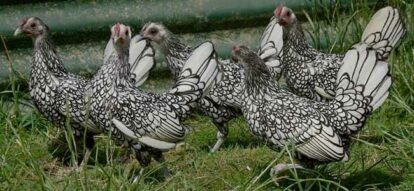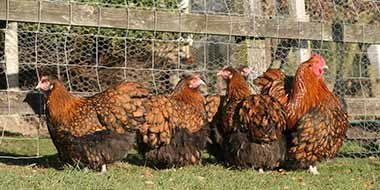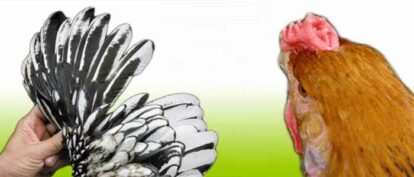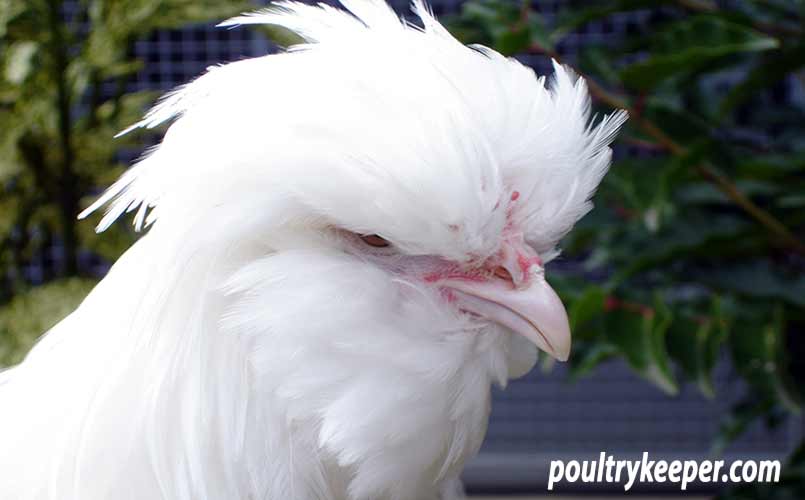
Following on from Making your Own Line of birds, Laurence Beeken looks at how to fix specific traits into your line and how to introduce fresh blood when necessary.
So you’ve selected your birds, and your first season has gone well, and now you’re ready to look to the future and create the line that will hopefully be associated with you and become sought after by those who show and by those who show wish to start.
You are now ready to start fixing the good and eliminating the bad. Remember that the sole point of all of this breeding is to improve the quality of your birds year on year without losing the vigour of the line – both in terms of how robust the birds are and how well they reproduce – a poor doer is unlikely to produce good offspring as weak birds invariably produce weak chicks which are then prone to disease.
Culling
It is worth mentioning at this point that while not to be undertaken lightly, culling is necessary to improve your line continuously; you should definitely cull a poor doer or bird with a major deformity as it would be irresponsible to pass it to someone else.
That said, however, and I am not in favour of passing substandard birds onto other breeders (as you can ruin their own work and bring despondency to aspiring exhibitors), if you can find a home where an otherwise good bird can be loved as a pet then so much the better.
Never take excess males to a market where they can end up as bait for fighting birds; better to cull them yourself without the stress of travel etc., and I must reiterate that if you are not prepared to cull, then breeding is not for you.
Culling is necessary, and it is a simple case of taking out all of the weaklings and those with major deformities and then looking at the rest to establish if a major fault exists. If all of these sub-standard birds can be removed and still leave you with a good amount to start your pen matching as described in my last article, then you will have made a substantial improvement to the line, and while these faults may reappear next season, a repetition of the process will eliminate the problem eventually.
Right, lecture over, we can get back to the more interesting points!
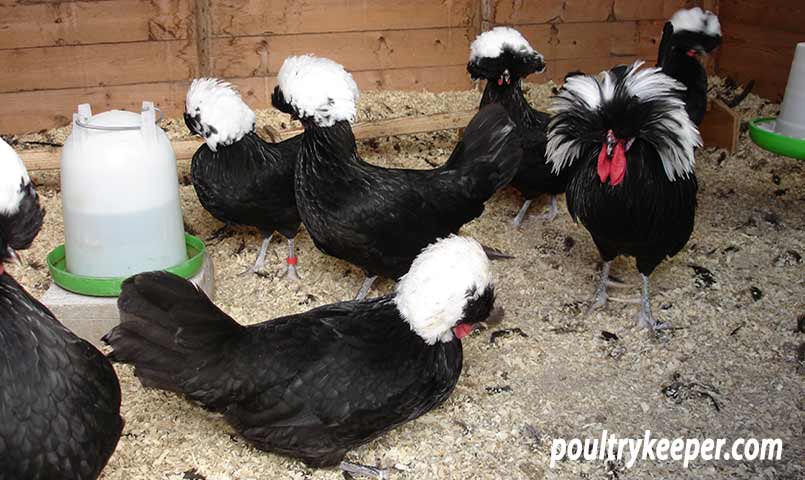
Standards
By knowing your standards, you will know which points should be carried forward to the next generation, while at the same time, you will be breeding out the faults of the line. Each year when you set your own standard of perfection based on the British Poultry Standards and select your birds accordingly, you should be seeking to raise your minimum level from the previous year, and it is in this way that your birds will improve. At the same time, ensure that you breed, where available, from the oldest birds to improve longevity and from the largest birds (or smallest if bantam/miniature) to improve size. Also, breed from birds with the best temperament, those that lay many good quality eggs and those that are disease resistant (try not to breed from unwell birds). The adage size from the female, type from the male is often a good rule of thumb (although not always true for all breeds)
These then are the things that you will fix first (in order of importance):
- Size.
- Vigour.
- Resilience.
- Egg Production & hatchability.
- Temperament.
- Type (show qualities/points).
It is often thought that the novice breeder will need an in-depth knowledge of genetics to breed good birds.
While this is true in that you will need to know, for your individual breed, how those features that are desirable are inherited, you will be far more successful if you have in addition enthusiasm, creative flair and an appreciation of art.
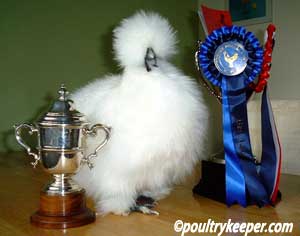
To get the most from your breeding pens, you will need to remember the following:
- Mate, the best with the best.
- The best breeder is not necessarily the best exhibition bird.
- You will not get the best results from the first generation.
- Use extremes to fix faults (for example, mate a long back with a short back).
- Do not mate birds with deformities.
- Avoid mating birds with common faults.
- Continue to breed from a pen that produces good offspring; this is the ‘progeny test’.
- Use an excellent bird in all matings for the full duration of its reproductive life.
Why breed from older birds?
In the first couple of years, this will not always be possible as you seek to maximise the number of chicks produced. However, remember that you should still incorporate your original (purchased) stock into the following year’s pens. In the years that follow, however, older (at least 12 months old) birds will have successfully gone through the first annual moult, a major stress point where often hidden illnesses appear, as with hens coming into lay, and thereby you will know that you are consequently fixing disease resistance and longevity. Similarly, some faults such as paling eyes, feather banding, pencilling defects and twisted feathers often show up after the first moult, and if you had used these birds in your pens, you might unwittingly fix these defects.
Why breed for vigour?
Most poultry writings attribute disease to poor management and local infection hotspots, and very little is mentioned of breeding. This may well be because hybrids are bred for commercial profitability and are discarded after the first 1-2 years. Hence, vigour is not really an issue. Many exhibitors today breed for a quick profit and external features, with little consequence attributed to the long term success of the line.
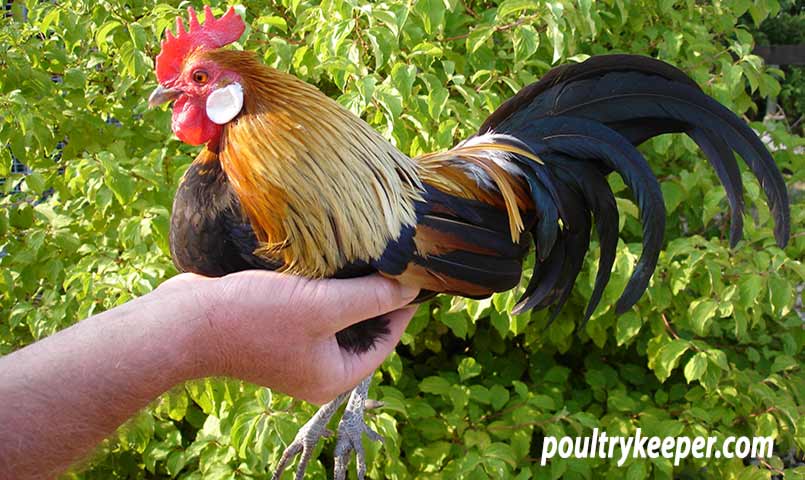
By breeding only from those birds which do not become ill can you breed hereditary vigour, and this will include:
- Adaptation to the environment.
- Disease resistance.
- Resistance to lethal genes.
- Fertility.
- Hatchability.
Remember that breeding from birds that have survived disease may mean that you introduce weakness into the immunity of the line; try to keep breeding only those birds that have never become ill!
Why breed for type?
The British Poultry Standards (or the American Standard of Perfection) give you all the features specific to your breed. These are the features that you will fix once all other factors have been set in your line.
Why breed for temperament?
This is essential for both breeding and showing. Some breeds are docile, others flighty or aggressive, and these are necessary characteristics of the breed type and characteristic of sex. More assertive birds are more likely to mate and breed robust chicks, while tame birds will pass on a calm nature essential for showing. It would be best if you aimed for a bird that keeps to the nature of the breed while being manageable and exhibits a natural ability to show off.
When should I bring in new blood?
Genetics often throws the odd curveball at us, and an otherwise perfect line starts to show faults, or you may find that a desirable trait is missing and no amount of breeding will bring it about. It is at this point that you will more likely consider bringing in new blood.
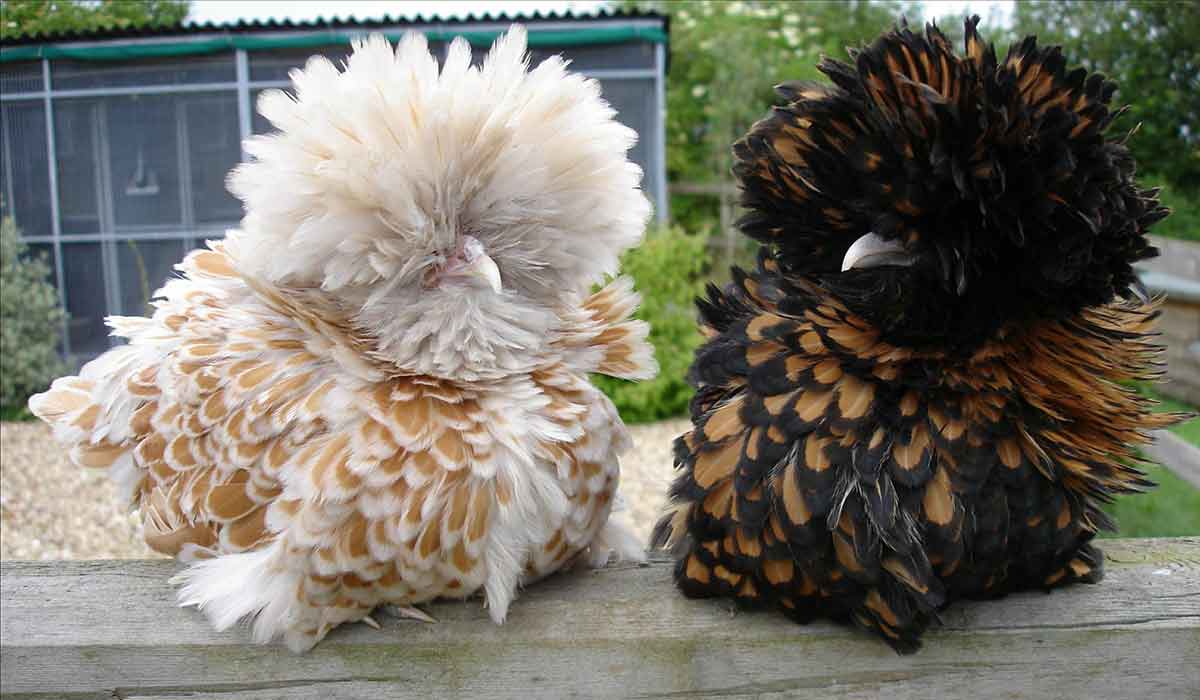
If it is a case where illness has decimated your line, resist the temptation to bring in more birds. It would be best if you culled those made weak and breed, breed, breed. In a couple of seasons, you will have your numbers back up and hopefully fixed in immunity. If you must replace birds, then try to bring in stock from the original breeder. If this is not possible (perhaps because even the original line is lacking), related stock from another breeder would be an acceptable alternative. However, you may have to resort to totally unrelated birds.
As with setting up your original pens, hatch as many birds as possible from this new group (do not mix them yet with your line), then select the best mate brother to sister to concentrate all the desired genes into as few birds as possible.
Next, select from this second generation birds possessing the desirable traits and the characteristics lacking from your line, and mate them to the best birds from your line.
Select the best birds from this third generation and mate them brother to sister to produce the fourth generation. While you are doing this, keep on with your original line-breeding pens to continue to improve them. When you are ready, you can introduce the new blood; it is advisable to keep the original line going separately to the new line to ensure that things are progressing as you would like.
These are the basics that should get you on the road to a successful line, breeding poultry for exhibition, which will be a credit to you way into the future.
My next article lets you into a few ‘show secrets’ that should give you that little ‘extra’.

